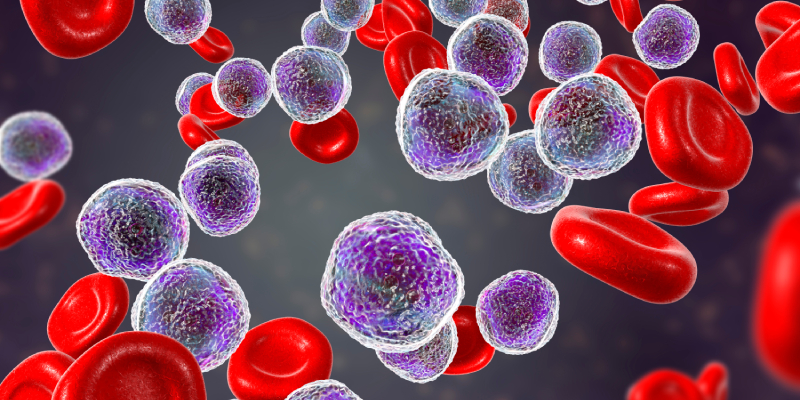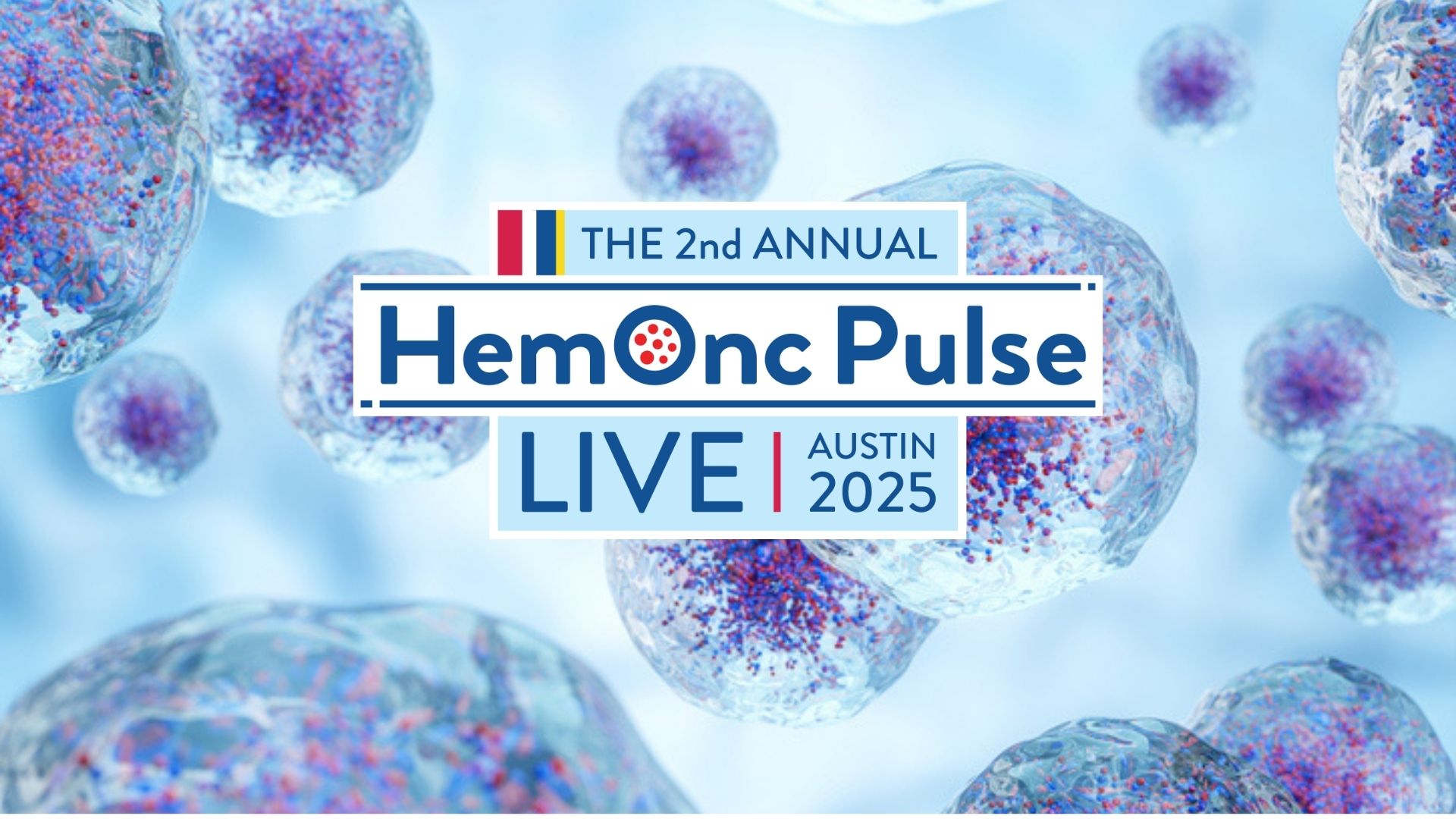
Ponatinib plus cyclophosphamide, vincristine sulfate, doxorubicin hydrochloride, and dexamethasone (hyper-CVAD) led to “excellent” outcomes in patients with newly diagnosed Philadelphia chromosome-positive (Ph+) acute lymphocytic leukemia (ALL), according to a long-term analysis.
Hagop Kantarjian, MD, of the MD Anderson Cancer Center, and colleagues conducted the study because ponatinib plus hyper-CVAD has led to high rates of survival and complete molecular remission without hematopoietic stem-cell transplantation (HSCT) in patients with Ph+ ALL.
“Confirming these results in a large cohort of patients with longer follow-up would establish this regimen as a new standard of care,” Dr. Kantarjian and colleagues wrote.
They treated 86 newly diagnosed patients with the combination therapy, adding ponatinib 45 mg daily to hyper-CVAD for 14 days during induction. The first 37 patients then received ponatinib 45 mg daily continuously, while the remaining patients then received 30 mg daily continuously, reduced to 15 mg daily upon achieving a complete molecular response. Dr. Kantarjian and colleagues defined a complete molecular response as absence of a detectable BCR-ABL1 transcript by quantitative reverse-transcription polymerase chain reaction at a sensitivity of 0.01%.
Patients received maintenance therapy with daily ponatinib and monthly vincristine-prednisone for two years, followed by daily ponatinib indefinitely. They received 12 intrathecal injections of cytarabine alternating with methotrexate as central nervous system prophylaxis.
All the 68 patients who had active disease when therapy began achieved a complete response, with a cumulative complete molecular response rate of 86%. Approximately one-quarter (23%) of patients underwent allogeneic HSCT.
The estimated six-year event-free survival rate was 65% at a median follow-up of 80 months, with an overall survival rate of 75%. There was “no difference in outcome by performance” of allogeneic HSCT in the first complete remission, according to the study’s authors.
Dr. Kantarjian and colleagues reported two ponatinib-related deaths occurred from myocardial infarction in the first 37 patients treated, which “led to the ponatinib dose-modifications mentioned earlier, with no further ponatinib-related deaths observed.”
The most common grade 3 to grade 5 adverse event was infection, occurring in 93% of patients. Increased liver transaminases occurred in 31% of patients, increased total bilirubin in 15%, hypertension in 17%, pancreatitis in 15%, hemorrhage in 13%, and skin rash in 10%.
“The long-term results of ponatinib and hyper-CVAD continue to demonstrate excellent outcome results and acceptable safety data, indicating that this strategy is another standard of care approach in frontline Ph-positive ALL,” Dr. Kantarjian and colleagues concluded.
Reference
Kantarjian H, Short NJ, Jain N, et al. Frontline combination of ponatinib and hyper-CVAD in Philadelphia chromosome-positive acute lymphoblastic leukemia: 80-months follow-up results. Am J Hematol. 2023. doi:10.1002/ajh.26816






 © 2025 Mashup Media, LLC, a Formedics Property. All Rights Reserved.
© 2025 Mashup Media, LLC, a Formedics Property. All Rights Reserved.